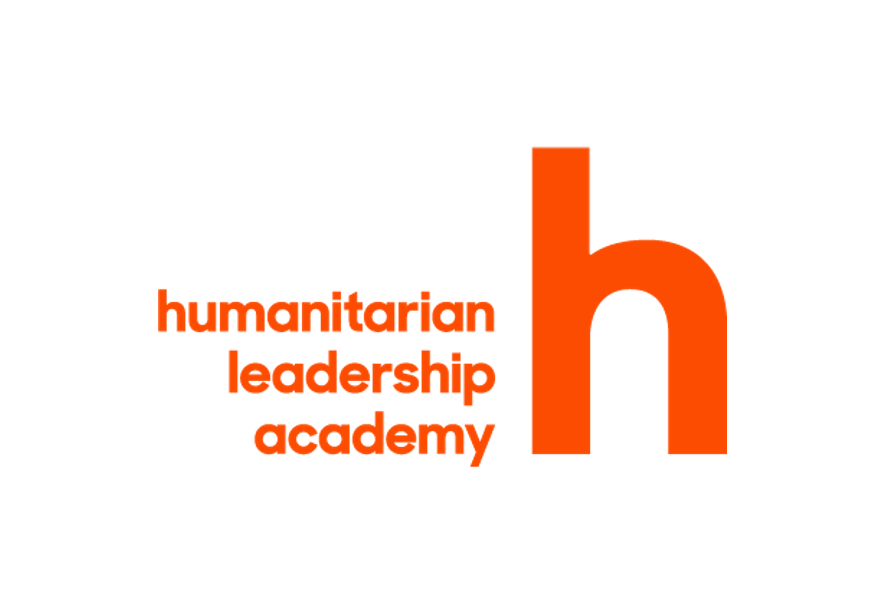Qualitative Data Collection Tools
I want to collect data that track changes in attitudes and perceptions in participants' own words...
What are they?
Qualitative data collection tools collect data which is best characterized as descriptive – text based data expressed in participants’ own words. This kind of data track changes in participants’ attitudes and perceptions, identify why and how change is happening, and are analyzed by organizing emerging themes.
The tools used to collect qualitative data include primarily:
- Individual interviews – a meeting between two people, in which the interviewer uses an “interview guide” to help frame the discussion.
- Focus group interviews – a facilitated conversation between 8-10 people. The leader of a focus group will also use a “facilitation guide” to help manage the discussion and generate the data needed.
How do I use them?
First, review the project Performance Management Plan (PMP). The PMP identifies the indicators that require qualitative data. For example, an indicator stating “By year 3, 75% of people indicate water access meets their household consumption needs” may require focus group discussions to better understand household consumption needs and whether or not they are being met.
Then, create or adapt an interview or focus group guide for your purposes. These guides are essential. They are designed using the following logical organizational structure:
- An introduction that describes the project, the plans for the use of the data collected, and the relevant ethical standards in place, such as informed consent, voluntary participation and confidentiality
- Warm up questions that build trust and gather basic demographic information about participants
- Questions that gather the specific data needed
- Closing questions and a conclusion that allows participants to share other information and ask their own questions.
The questions used in qualitative guides are open-ended. This means that they do not have a prescribed list of potential answers. Examples of open-ended questions used in a focus group question include:
- “Please describe your daily water usage before and after the installation of the new water point in your village.”
- “How, if at all, does the new water source make it easier for you to collect enough water for your daily needs?”
The two questions above are examples of what are called content-mapping questions. They open up the conversation and are intended to elicit participation.
Content-mapping questions are often followed by probing or content-mining questions. Probing questions might ask:
- “Please tell me more about that”
- “Can you provide an example?
Content-mining questions help the facilitator explore a topic more comprehensively and in greater detail.
When designing an interview or focus group guide, remember to be respectful of respondents’ time. Create a guide that meets your data collection needs, but is short and concise. Include questions that gather only data that you must have.
Guides should also be reviewed by sectoral and MEAL experts and field tested prior to use. Finally, make sure to translate the guide into local languages in use in your communities.
When do I use them?
Qualitative data collection tools are sometimes used for monitoring purposes, but are most often included as a part of evaluation activities. They are often specifically planned as part of a mixed-method effort to gather data either at the mid-term or the end of a project.
Often, qualitative data are used to triangulate, or cross-check, quantitative data. For example, quantitative data, gathered through the use of a monitoring checklist, may track the presence of soap and water in latrines. Qualitative data can then tell you why people do or don’t use the soap and water after using the latrine. Ultimately, triangulation strengthens the data you collect, which leads to stronger interpretation and recommendations.
Tips:
Tip 1: Training is essential
The skills required to collect qualitative data are different from those used to collect quantitative data. Interview and focus group facilitators need excellent skills, particularly the ability to manage sensitive conversations, group facilitation, and in probing for deeper insights. Training to develop such skills is essential.
Tip 2: Note taking
Note taking is particularly important when collecting qualitative data. Notes should capture all words and perspectives rather than summarizing results which risks introducing bias into the data. Especially for focus groups, it is useful to employ two people: one to facilitate the discussion and one to take notes.
Supported by:
Shared by:
Users are free to copy/redistribute and adapt/transform
for non-commercial purposes.
© 2022 All rights reserved.




